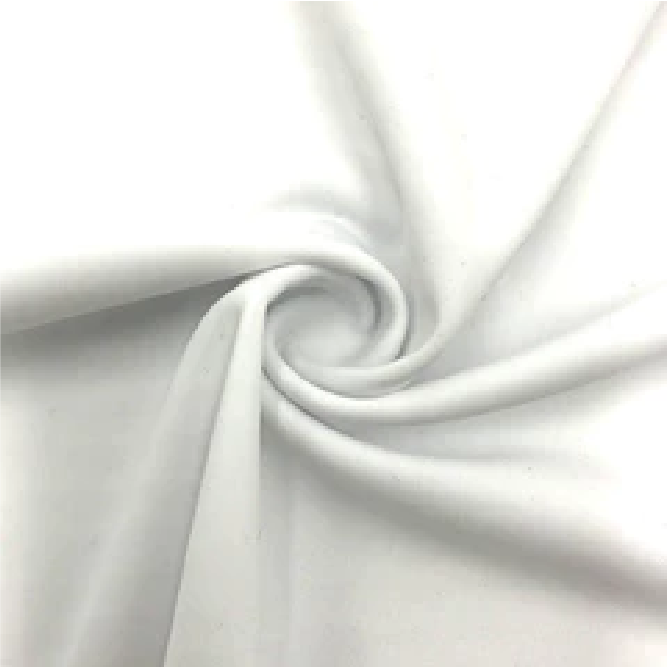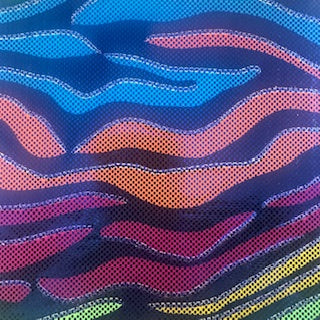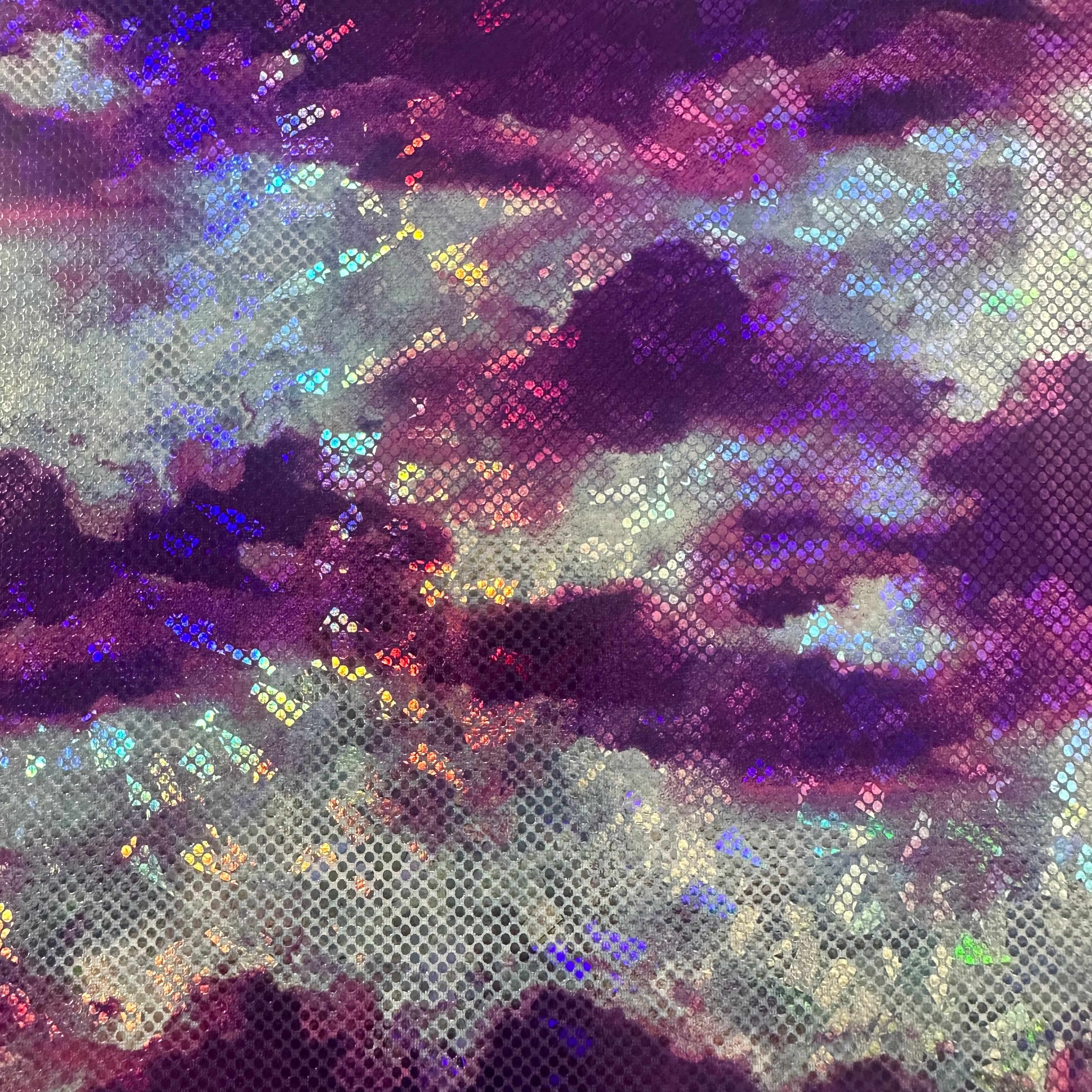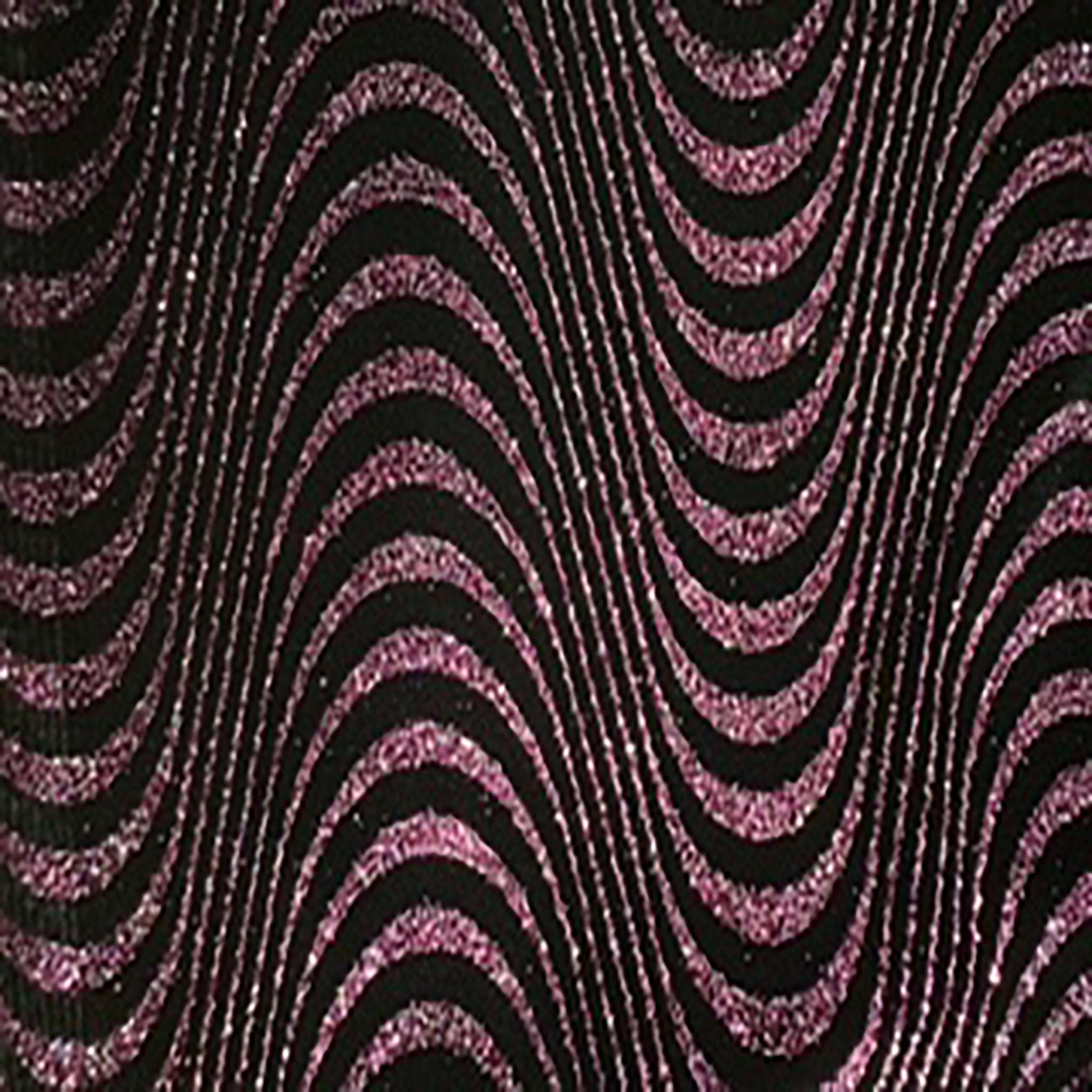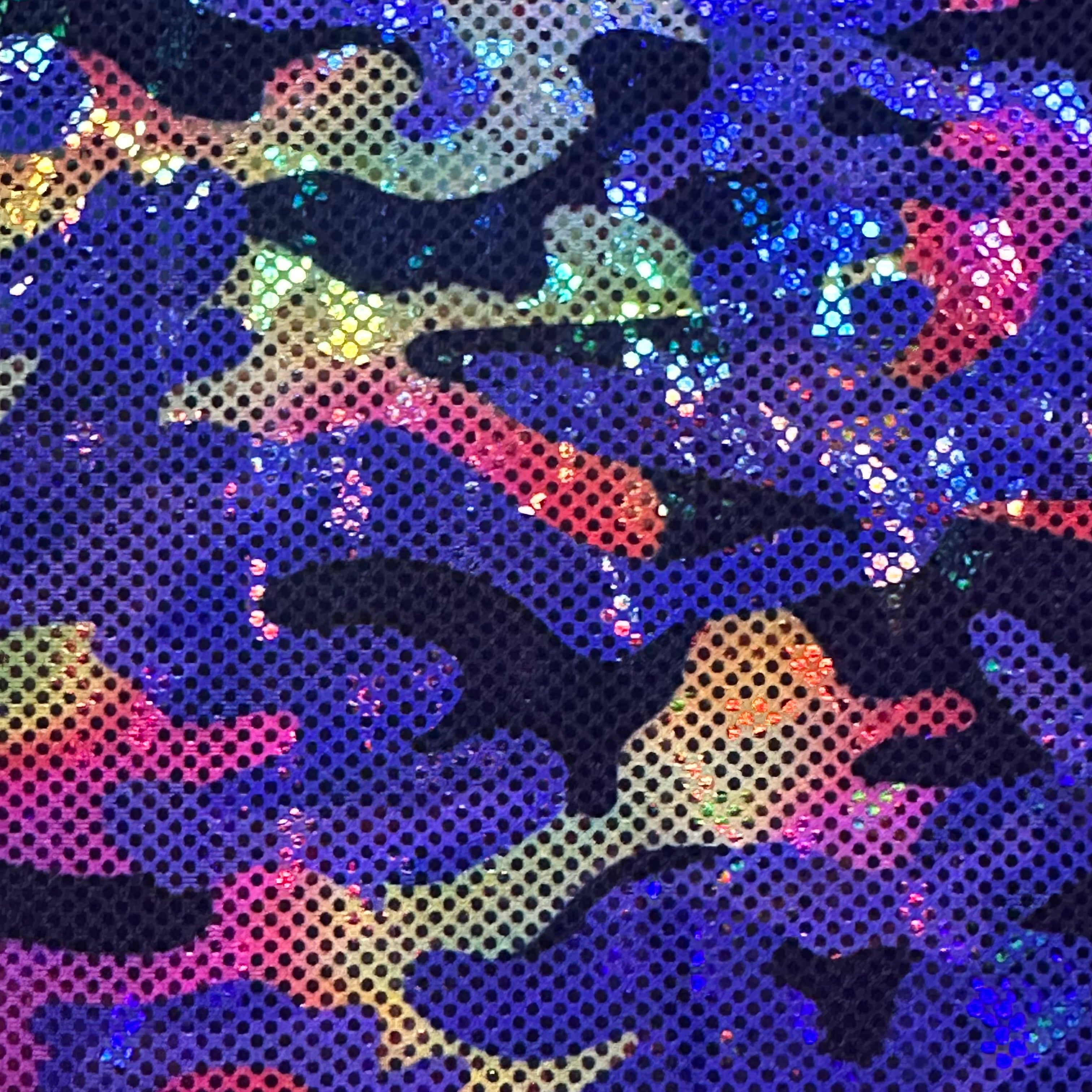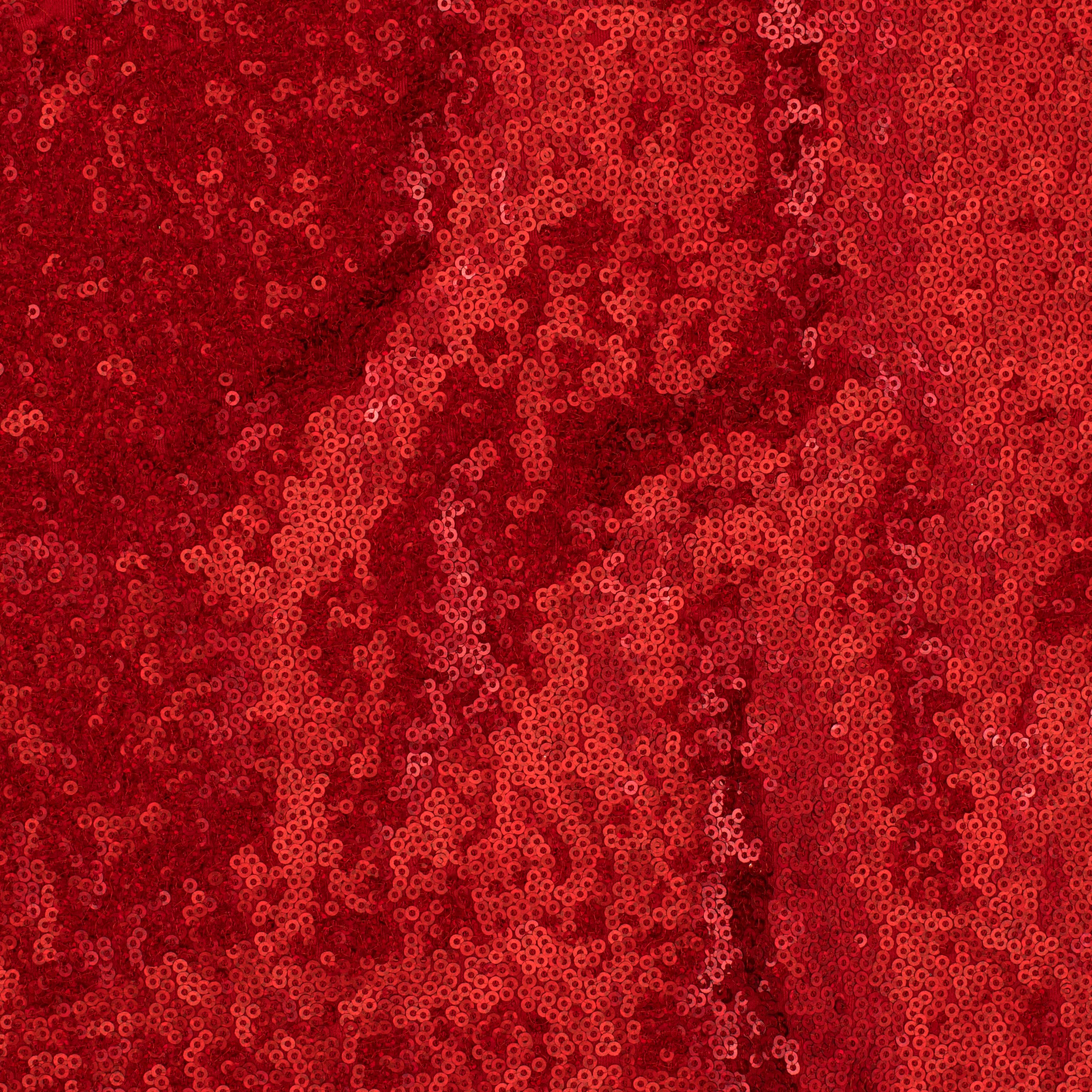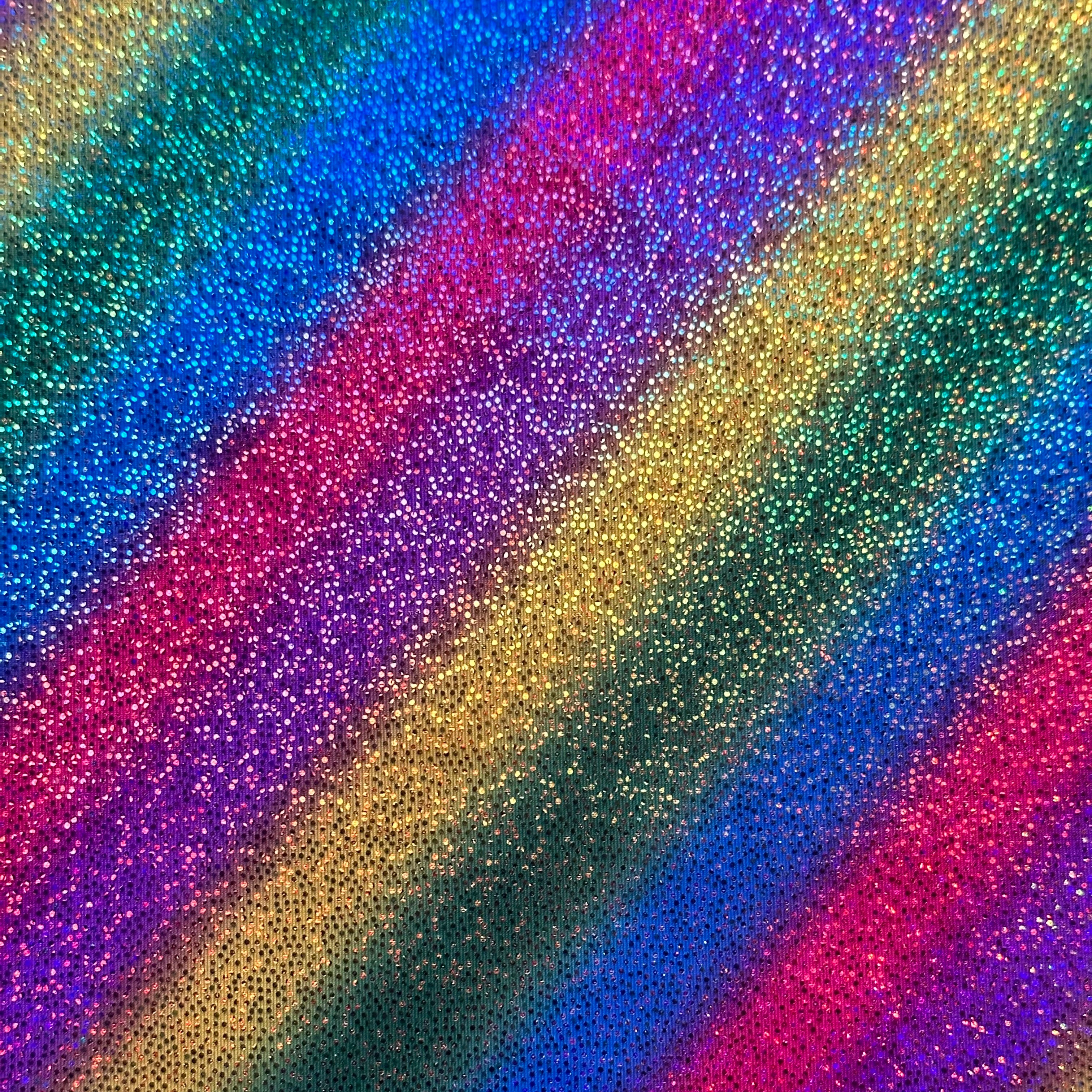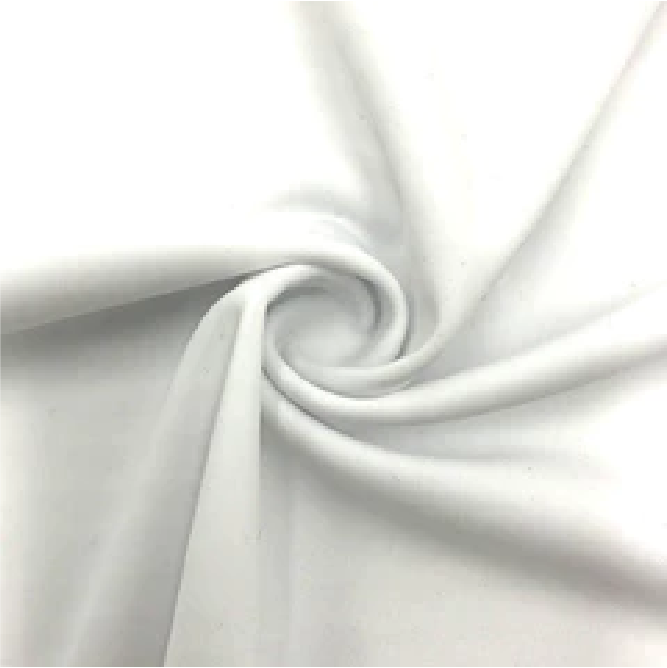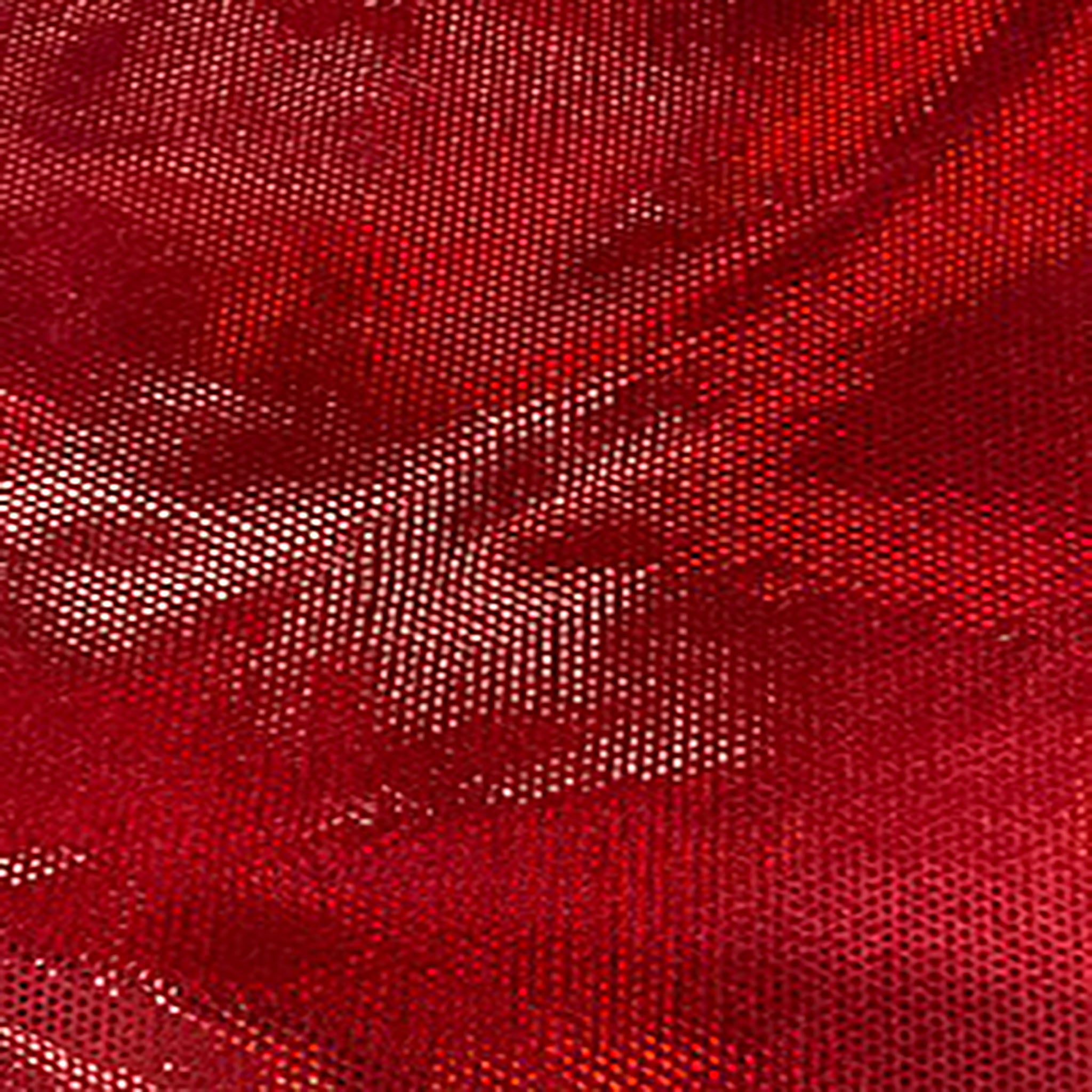-
When it comes to clothing, comfort and flexibility are essential. Stretch fabrics have revolutionized the fashion industry, allowing garments to conform to our bodies while offering freedom of movement. However, not all stretch fabrics are created equal. In this blog post, we will explore the key differences between two popular types of stretch fabrics: stretch spandex fabric and mechanical stretch fabric. By understanding their unique characteristics, you can make informed choices when selecting garments for your wardrobe.

-
Stretch Spandex Fabric: Stretch spandex fabric, also known as elastane or Lycra, is a synthetic fiber renowned for its exceptional stretch and recovery properties. It is widely used in athletic wear, swimwear, undergarments, and form-fitting clothing. Here are some defining features of stretch spandex fabric:
-
a. High Stretch Capacity: Spandex fibers can stretch up to 500% of their original length, making them incredibly elastic. This enables the fabric to accommodate various body shapes and sizes.
-
b. Excellent Recovery: One of the remarkable qualities of spandex is its ability to return to its original shape after being stretched. This ensures that the garment maintains its form, even with repeated use and washing.
-
c. Form-Fitting: Stretch spandex fabric clings to the body, providing a close, contoured fit. This attribute is especially desirable in activewear, as it allows for unrestricted movement during physical activities.
-
Mechanical Stretch Fabric: Mechanical stretch fabric, also referred to as two-way stretch fabric, is a woven or knitted textile that incorporates specific weaving techniques or fiber properties to enhance its stretch ability. It is commonly used in everyday clothing, such as trousers, skirts, shirts, and dresses. Let's delve into the characteristics that distinguish mechanical stretch fabric:
-
a. Bi-Directional Stretch: Mechanical stretch fabric stretches in two directions, horizontally and vertically. This flexibility allows the garment to adapt to body movements without losing its shape.
-
b. Natural Feel: Unlike spandex, mechanical stretch fabric often incorporates natural fibers such as cotton, linen, or wool, providing a softer and more breathable feel against the skin. This makes it suitable for garments worn in various weather conditions.
-
c. Wrinkle Resistance: Mechanical stretch fabrics generally possess good wrinkle resistance, allowing the garments to maintain a neat appearance throughout the day. This attribute is particularly advantageous for formal and office wear.
-
d. Versatility: While spandex is mainly used in form-fitting apparel, mechanical stretch fabric offers a broader range of design possibilities. It can be utilized in both fitted and relaxed silhouettes, providing versatility in creating different garment styles.

